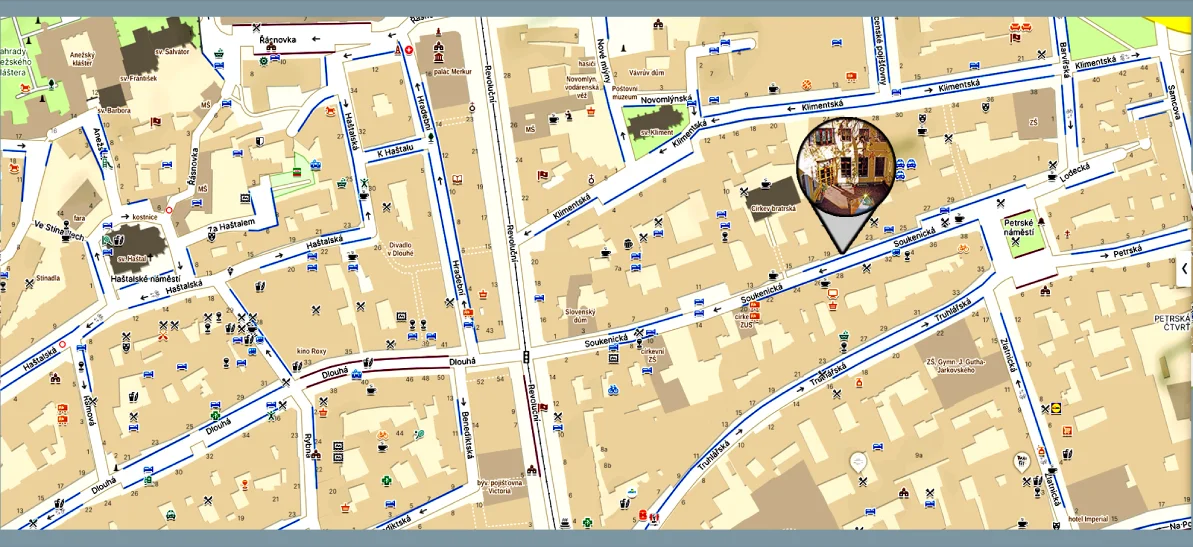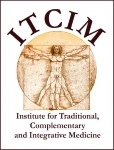
Dr. rer. nat. Karin Lenger, Dipl.-Biochem. - Deutschland
Abstract of the presentation
Acute and Chronic Diseases According to Hahnemann´s Miasms
Branch: Homeopathy
Hahnemann assumed a chronic disease in his patients, because after healing they became ill again. He found three sorts of eczema and types of diseases: Psora, Sycosis, and Lues. Eczemas on the skin, itching, were caused by an old infection of Psora, Lepra, or Tuberculosis, indicating a lack of mineral salts. Genital warts or aluminate condyloma were caused by Gonorrhoea or Chlamydia, called Sycosis. Venereal hard chancre was caused by Lues.
Hahnemann supposed that Psora, Sycosis, and Lues are old inner infections by chronic miasms incorporated in the DNA in different parts, the reason why the patients became ill again. At Hahnemann’s time, the largest part were psoric people (90%), 12% sycotic, and 8% luetic. Hahnemann assumed people will degenerate to the luetic type in the future; today 45% are luetic.
The symptoms of the diseases of Psora, Lepra, and Tuberculinum are caused by Mycobacterium leprae and Mycobacterium tuberculosis: the symptoms of these diseases lead to psoric remedies such as Psorinum, Calcium carbonicum, Phosphorus, and Sulphur. The symptoms of Sycosis are derived from Gonorrhoea. They concern rheumatism, gall, sexual organs, kidney, and bladder. They are talebearers doing their duty. Look for the sycotic remedies: Medorrhinum (Bac. Neisseria gonorrhoeae), Nitricum acidum, and Thuja.
Lues has the worst symptoms: anxiety of death, paralyses (psychological and physical), respiration and heart function are disturbed, and the whole body is involved in illness. The homeopathic remedies are derived from this disease: Syphilinum, Naja tripudians, and other potentized lethal poisons. Healing by homeopathy makes it possible to go back to the sycotic symptoms and then to psoric symptoms.
Hahnemann gave us a guide to which remedies can be applied in the acute and chronic diseases in different states. Healing starts by application of the corresponding similar homeopathic remedies with psoric, sycotic, and luetic symptoms.
Curriculum vitae
Curriculum vitae of Karin Lenger 2025-05-27 Dr. Karin Lenger, Institute for Scientific Homeopathy, Kaiserstr. 28, DE-63065 Offenbach, e-mail: dr.karin.lenger@t-online.de Karin Lenger, Dipl.-Biochem., Dr.rer.nat. Homeopathic Practitioner studied Biochemistry at the Universities of Tübingen and Cologne/Germany. She worked as a Scientific Research Assistant at the Medical University of Lübeck/Germany for 12 years performing her biochemical enzymatic studies: enzymatic gene regulation, cancer research, enzymatic mechanisms of steroid hormones. She worked in different institutes: Institute for Molecular Biology, Institute for Biochemical Endocrinology, Laboratory of Neurology. For more than two years she worked as a Temporary Lecturer for organic, inorganic chemistry and for analyses of water at the technical college of higher education for engineers at Lübeck. She started her homeopathic career as a Lecturer for classical homeopathy at DHU ((Deutsche Homöopathie Union, German homeopathy Union) in Karlsruhe 1986-1994. Since 1995, Dr. Lenger has been working as a non-medical practitioner and Lecturer for classical homeopathy in Europe. Over the years she has developed the “biochemical homeopathy” by using substrates, inhibitors and enzymes of pathological pathways in high levels of potentization. She detected magnetic photons in high homeopathic potencies by scientific proof, by two magnetic resonance methods.(Prof. A.-F. Popp, Int. Inst Biophysics, Neuss, Germany, and at Elektronik-Schwille, Kirchheim/München) She has developed a model of physical and biochemical function of homeopathy and published a lot of articles about this topic in International Scientific Journals. Karin Lenger was invited to give lectures concerning the detection of magnetic photons in homeopathic remedies on international homeopathic and biophysical congresses, worldwide.
Please note that some of the texts also include machine-generated translations.





